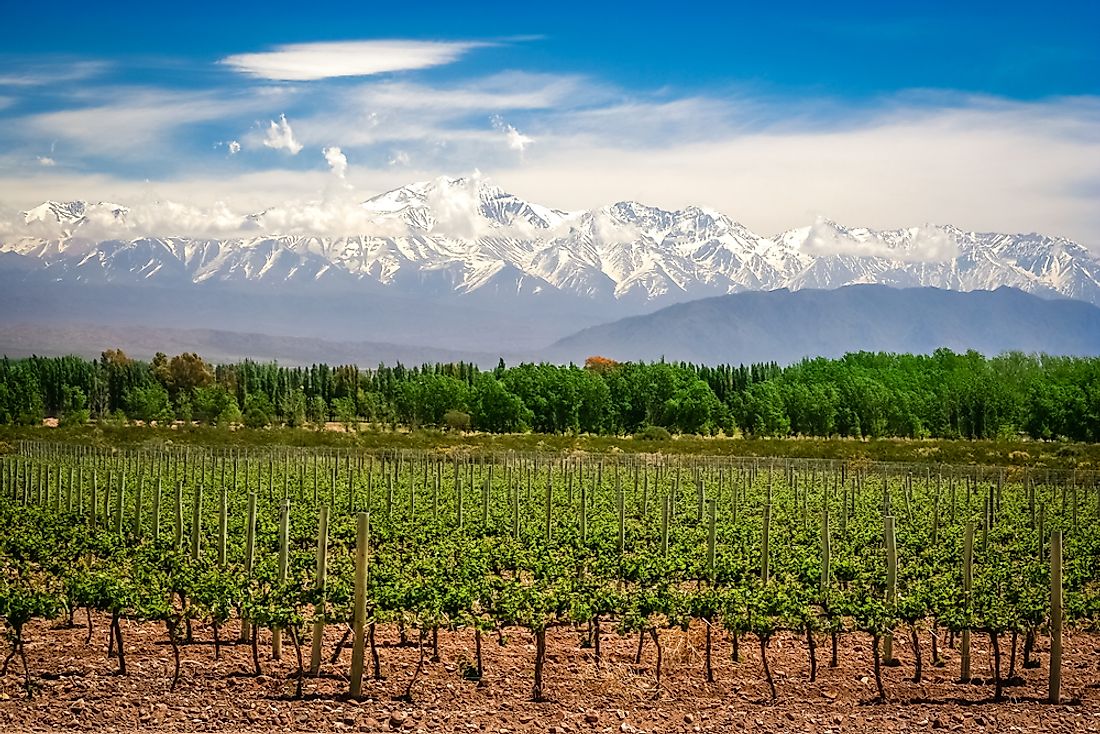Which Latin American Countries Drink The Most Alcohol?

An alcoholic drink or beverage is one that has ethanol, which is produced by the fermentation of fruits, grains, or other sugar sources. Culturally, the drinking of alcohol has always had an important social function such as celebrating and bonding. While alcohol is legal in most countries, there are laws and regulations that govern all the processes involving alcohol. These regulations are there in place to mitigate the negative effects of alcohol such as euphoria, unconsciousness, and reduced inhibitions.
Latin American Countries That Drink the Most Alcohol
This data shows the per capita consumption of alcohol per year in liters for Latin American countries in 2015. In addition, this data shows the alcohol consumption for people who have an age of at least 15 years. In 2015, Argentina had the highest consumption with 9.1 liters followed closely by Chile in the second place with 9.0 liters. Peru and Brazil are tied in the third position with each country having a consumption of 8.9 liters. Guyana closes the top five with a consumption of 8.7 liters. Panama and Trinidad and Tobago are tied in the last place with each having a consumption of 7.9 liters.
Interestingly, despite Argentina being number one on this list, the World Health Organization reports that the nation’s consumption of alcohol has been decreasing since 1961. This decrease is still being observed despite the fact that the intake of alcohol among females and adolescents has recently increased by 13.5% and 18.4% respectively. Something that is particularly alarming is the sharp increase in alcohol consumption for young people between 12 and 17 years, which is riskier to younger generations as they become more prone to diseases like diabetes. Potential solutions for this issue include increasing taxes on alcoholic beverages in order to make the drinks inaccessible to younger people.
In Peru, the situation is more or less similar to that of Argentina above. In fact, Peru has gone a step further and decided to put a tax on not only alcoholic beverages but also on cigarettes, sugary drinks, and polluting cars. These things, which lead to diseases such as cancer and obesity, cost the government of Peru about $24 billion every year (about 11% of the gross domestic product or GDP). In comparison, the government only spends only 3.7% of the GDP on health care, which clearly shows that the health sector is overwhelmed.
Special spring laws for Panama
In Panama, which is last country on this table, the government has implemented some interesting laws in order to curb the rising number of drinking youth. On March 1, 2018, the government, through the relevant authority, officially effected the Spring Break laws to control the amount of irresponsible drinking at the beach. Among the nine laws, one of them states that the beach, which is usually full of drinking youths in spring, is an alcohol-free zone. Other laws include the prohibition of open house parties, alcohol sales in March end at 2 AM, and no alcohol is permitted in commercial parking spaces. Some of the laws are only active in the month of March while others are to be enforced throughout the year.
Which Latin American Countries Drink The Most Alcohol?
| Rank | Latin American Country | Per capita consumption of alcohol per year (in liters of pure alcohol) |
|---|---|---|
| 1 | Argentina | 9.1 |
| 2 | Chile | 9.0 |
| 3 | Peru | 8.9 |
| 4 | Brazil | 8.9 |
| 5 | Guyana | 8.7 |
| 6 | Belize | 8.2 |
| 7 | Grenada | 8.1 |
| 8 | Suriname | 8.0 |
| 9 | Trinidad and Tobago | 7.9 |
| 10 | Panama | 7.9 |











